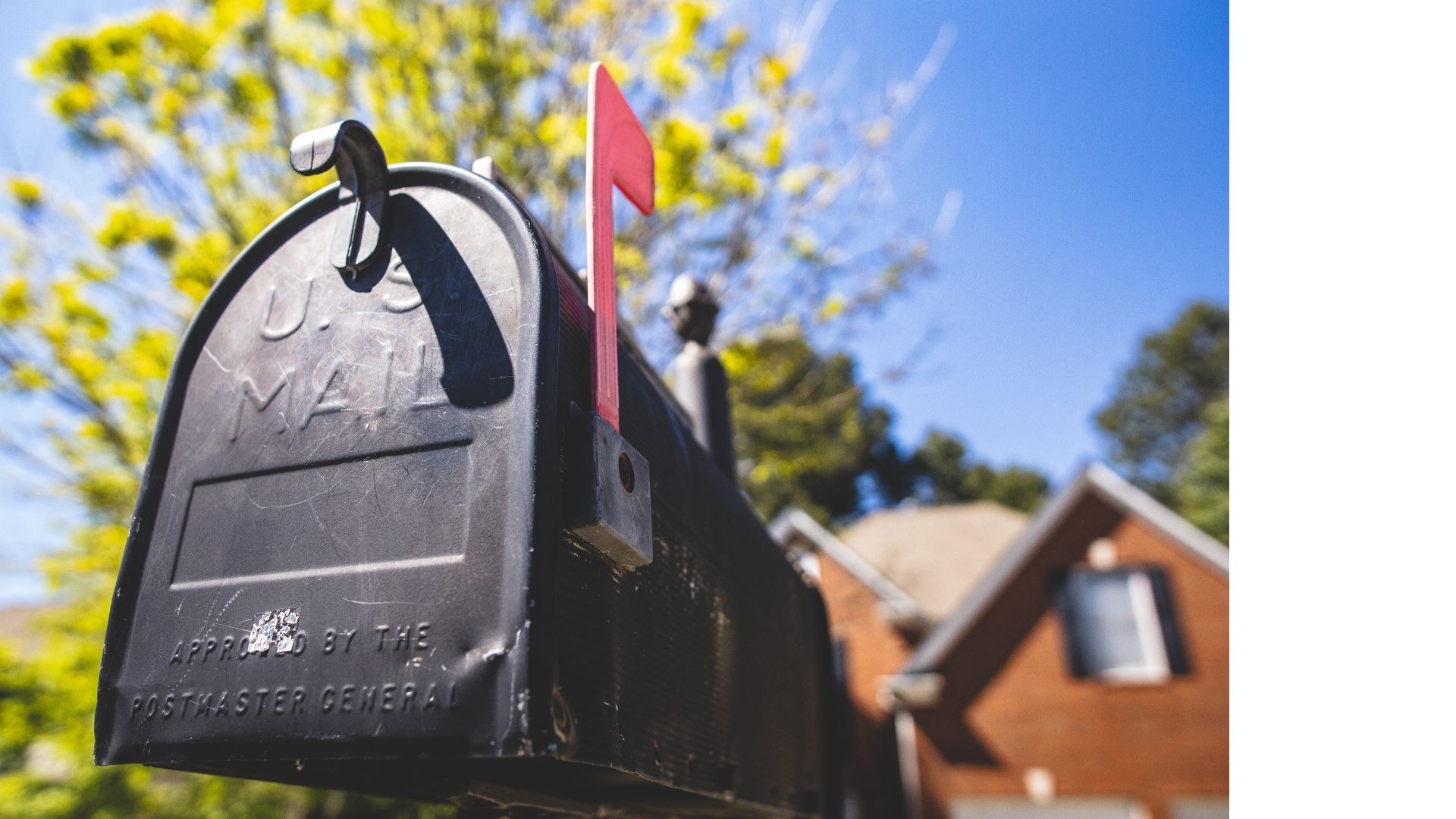Most churches have some kind of digital presence. A Facebook page. A website. Maybe even a YouTube channel or email newsletter.
But while nearly every church is online, very few are actually using digital marketing to drive real church growth.
Then there’s the top 1 percent.
These are the churches that are consistently reaching new people, connecting with first-time guests, and staying visible in their communities all week, not just on Sunday. They are not larger just because they have better music or more polished sermons. They are more strategic. More consistent. And they treat their digital outreach like a ministry, not an afterthought.
So what are they doing differently? And how can your church follow their lead? To see similar results, your church needs to start marketing by taking practical steps inspired by the top 1% and actively engaging your community.
Let’s unpack what sets the top 1% apart and the specific digital strategies they are using to see real results in today’s digital landscape.
Estimated reading time: 10 minutes
Table of contents
- What Makes the Top 1% Different?
- Why Digital Marketing Matters for Churches Today
- 7 Key Strategies the Top 1% Use
- 1. They Optimize Google, Not Just Social Media
- 2. They Run Real Campaigns, Not Just Random Posts
- 3. They Treat Their Website Like Their Lobby
- 4. They Follow Up with First-Time Guests Automatically
- 5. They Take Advantage of the Google Grant
- 6. They Track What Works (And Drop What Doesn’t)
- 7. They Use Powerful AI Tools
- Maximize Your Digital Outreach
- More Resources on Digital Marketing
What Makes the Top 1% Different?

Growing churches are not just “active” online. They are intentional. They understand that the front door of the church is now digital. People scroll before they show up. They explore before they engage. They search before they ever walk into a church service.
The most effective churches see church digital outreach as part of their mission, not just a marketing effort. They have a real church marketing plan, not just a few last-minute posts on social media. Church leaders play a crucial role in developing and executing a strategic plan for digital outreach, ensuring that resources and efforts are aligned for maximum impact. And they are willing to invest time, training, and a portion of their church’s budget into reaching people online.
The difference is not in the tools. Most of the tools they use are available to everyone. The difference is in the mindset.
Why Digital Marketing Matters for Churches Today
In today’s digital landscape, church marketing is more important than ever. With most people turning to the internet to find information, churches that embrace digital marketing strategies can reach far beyond their physical walls. A well-crafted church marketing strategy allows your church to raise awareness, attract new visitors, and ultimately grow church membership.
Digital marketing opens the door to creative church marketing ideas, from social media management to email marketing and search engine optimization. By sharing engaging content and updates about your church’s activities, you can make a lasting impression on those searching for hope and community. These marketing strategies not only help churches grow, but also foster deeper relationships with both new visitors and the current congregation.
Whether you’re just starting your church marketing efforts or looking to refine your approach, investing in digital marketing is essential for any church that wants to thrive and fulfill its mission in a connected world.
7 Key Strategies the Top 1% Use

Here are the strategies that separate the churches that are growing from those that are just surviving. The following are examples of effective marketing strategies used by top churches. Let’s check them out.
1. They Optimize Google, Not Just Social Media
Most churches pour all their energy into Facebook and Instagram, but ignore Google search. That is a massive mistake. When someone types “church near me” or “Easter service in [your city]” into Google, your church should be front and center.
The best churches fully optimize their Google Business Profile, respond to reviews, keep service times updated, and use local keywords on their church website. Accurate and consistent church information across online directories is essential for local searches and helps your church appear on Google Maps. Claiming and optimizing your Google Maps listing is crucial to ensure your church shows up in local searches when people are looking for nearby churches.
They treat Google like a digital mission field. When using local keywords on your church website, make sure to optimize your title tags by including relevant keywords and your church name. Well-crafted title tags improve your search rankings and increase click-through rates.
They know that showing up on social media is not the same as showing up in search. If people cannot find you when they are looking for you, your marketing efforts are already missing the mark.
2. They Run Real Campaigns, Not Just Random Posts
The average church posts about events and services without a larger strategy. The top 1 percent run focused, multi-week campaigns that are tied to clear goals.
These campaigns might include:
- A back-to-school push aimed at young families
- A video series introducing a new sermon topic
- A digital invite strategy tied to community events
Incorporate church advertising and creative church advertising ideas into your campaigns, using both paid options like Google Ads and Facebook Ads, as well as organic approaches such as community outreach and content creation.
These churches use landing pages, email funnels, short-form video, and even direct mail when it makes sense. Creating engaging content is essential to maximizing the impact of each campaign. Everything works together toward one objective: moving people from interest to engagement.
If your church wants to grow, random posts are not enough. Build out real campaigns as part of your church marketing strategy and plan them at least one month in advance.
3. They Treat Their Website Like Their Lobby
Think of your church website as your digital lobby. When a visitor walks into your physical building, you want them to know where to go, who to talk to, and what to expect. The same should be true of your website.
Too many church websites are cluttered, outdated, or designed for insiders. The top 1 percent make sure their site is easy to navigate, mobile-friendly, and visitor-focused.
They include:
- A clear “Plan Your Visit” button
- Information about children’s ministry
- Real photos of church members
- Invitations to join online or in-person services
Using a content management system makes it easy to update your website content, including important SEO elements like title tags, so your site stays current and optimized for search engines.
They also make sure their website connects directly to their social media platforms and captures guest info through forms or lead magnets. For growing churches, the website is not just a brochure. It is a conversation starter.
4. They Follow Up with First-Time Guests Automatically

Following up with first-time guests should not depend on whether someone remembers to send an email. Top churches automate this process so every guest receives a warm, consistent, and personal follow-up.
That includes:
- A welcome email within 24 hours
- A short video from the pastor or team
- An invitation to take the next step (join a group, meet the pastor, attend a lunch)
Automated follow-up also plays a key role in building relationships with new guests, helping them feel connected and supported as they integrate into the church community.
This follow-up is part of their church marketing efforts because it keeps people engaged after their first experience. It also increases the chance that guests will come back, plug in, and eventually become part of the church members’ community.
5. They Take Advantage of the Google Grant
If your church is not using the Google Ad Grant, you are leaving thousands of dollars on the table.
The Google Grant gives eligible nonprofits, including churches, up to $10,000 per month in free advertising on Google. That means you can run ads for your church that show up when people in your city search for phrases like “best church near me” or “youth programs for teens.”
The top 1 percent of churches are already using this to drive traffic to their church website, promote events, and grow awareness in their city. If you are not using it yet, this should be one of your top priorities.
6. They Track What Works (And Drop What Doesn’t)
Many churches keep doing the same things year after year without ever asking what is working.
Top churches track results. They monitor email open rates, website traffic, Facebook ad performance, and video engagement. They know what content is performing and why. More importantly, they stop doing things that are not working.
This is not about becoming data-obsessed. It is about being a good steward of your church’s budget, your time, and your team’s energy. Tracking results also helps churches manage their marketing budget more effectively and save money by focusing resources on what actually works. The top churches ask the hard questions and make better decisions because of it.
If you do not currently review data, start simple. Look at your top three most engaging posts from the past month. Then ask, why did those connect?
7. They Use Powerful AI Tools
The top 1 percent of churches are not afraid of digital marketing trends. They are leaning into tools that save time and improve quality, and that includes artificial intelligence.
These churches are using AI tools to:
- Clip sermons into shareable video for social media
- Write email sequences and web copy
- Generate designs for sermon series
- Analyze data and schedule content with smart tools
This is not about replacing people. It is about equipping them. AI supports good social media management, improves workflows, and frees up staff and volunteers to focus on relational ministry.
For churches that want to grow without burning out, AI is not the enemy. Leveraging AI tools can make a huge difference in the effectiveness and efficiency of church digital outreach, making it one of the most creative church marketing assets available right now.
Maximize Your Digital Outreach

Church growth is not about luck. It is about strategy, consistency, and clear messaging. The churches that are reaching people today are the ones that understand how to use digital platforms to tell their story, invite people in, and guide them to take the next step. Maximizing digital outreach is essential for the church’s growth and for connecting with both the church community and the greater community.
If your church marketing strategies feel scattered or stuck, it is time to borrow a few ideas from the top 1 percent. You do not need a huge staff or a massive budget. You just need focus and a willingness to try something different.
Start by picking one of the strategies in this list and make it a priority this month. These approaches are effective for both established churches and a new church looking to market itself:
- Clean up your Google listing
- Build out a visitor follow-up flow
- Plan a real marketing campaign
- Apply for the Google Ad Grant
- Use AI to repurpose your sermon from Sunday
The digital front door is open. People in your city are looking for hope, community, and purpose. The question is, will they find your church when they go searching?
With the right digital strategy, the answer can be yes. Every time. As mentioned earlier, the vast majority of church marketing now happens online, and churches interested in growth should prioritize digital outreach as part of their church’s marketing plan. Effective digital outreach helps a church grow and reach the greater community.
More Resources on Digital Marketing





